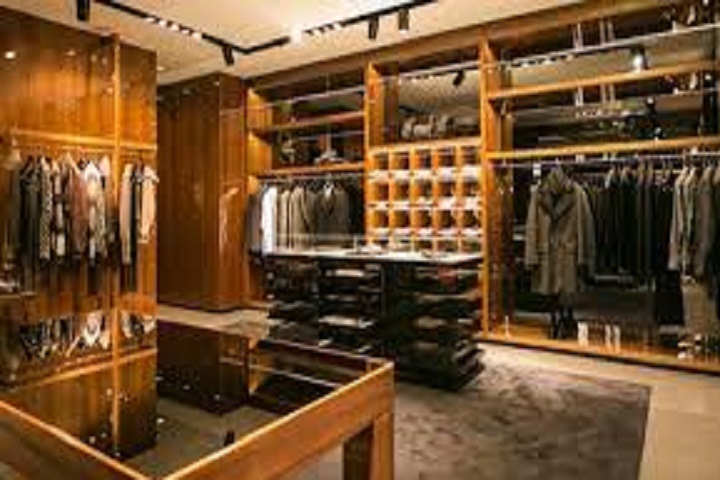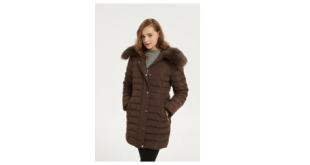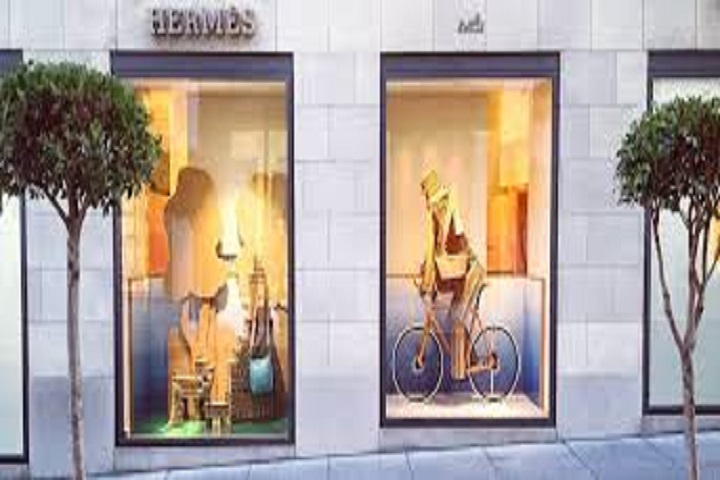Introduction
This watchword is used to emphasize the indispensable nature of an appropriate location in retail. Retail location involves more than physical space but includes the choice of a place that is most suitable for the sale of the products or services in question. An inappropriate retail location is difficult to overcome, irrespective of the feasibility of the rest of a company’s overall strategies.
Poor retail positioning can also negatively affect a store’s accessibility and attractiveness to shoppers, regardless of the brand’s positioning. This factor is even more crucial for luxury brands because, in addition to visibility and accessibility, luxury brands ought to be situated in the most elite and prestigious locations of the cities where they operate.
The retail location is therefore of paramount importance to the luxury goods sector. In general goods retailing, the choice of the store location is determined through utilizing socio-economic pointers like population, geography, and consumer disposable income. Other factors include human traffic flow and in some cases, tourist traffic flow.
In addition, technical business models that aid the choice of store location have been developed by experts, including the ‘Catchment Area’ method and the ‘Central Place Theory’ method. The main aim of these techniques is to identify the most commercially viable store locations for optimal sales turnover. These models are, however, more appropriate for general goods retail, so they will not be discussed in this book.
Luxury brands have a central requirement for retail location choice. This is the ‘Prestige’ indicator. The main distinguishing factor between luxury retail location and that of mass-market retailers is the requisite need that luxury brands have to position their stores in exclusive and high-status districts and cities, which are at the same time commercially feasible.
The prestige store location reinforces the core brand values and the differentiated brand status of luxury brands. Prestigious retail locations also attract and retain a niche customer base while satisfying their ego needs during shopping.
In Paris, prestigious luxury retail locations can be found at Avenue des Champs Elysées, shown in Figure 4.1, and its environs, including Avenue Montaigne and Avenue George V. This district is also known as the ‘Triangle d’ Or’ or the ‘Golden Triangle’. Other locations are the historical Rue Saint Honoré, which is considered the global luxury fashion industry’s foundation, and its extension on Rue du Faubourg Saint Honoré and their environs. These streets are lined with several luxury brands.
The same pattern follows in other cities such as London, where the Knightsbridge area, including Sloane Street and Bond Street, is considered the epitome of luxury store positioning. In Milan, the ‘Quadrilatero d’Or or ‘The Golden Rectangle’, which runs between Via Monte Napoleone and Via Della Spiga, is the luxury retail district. It features the stores of Gucci, Armani, Prada, Tiffany, and Louis Vuitton, among others.
New York’s prestigious shopping streets include Madison Avenue and Fifth Avenue and their environs, while in Los Angeles, Beverly Hills is the location of luxury fashion brands. Tokyo’s Omotesando district represents the equivalent of luxury store positioning in Japan, while other examples abound in several cities around the world.
In addition to being located in high-status districts, luxury brands need to be in the fashion cities of the world to ensure both brand visibility and commercial viability. The fashion cities are those that have the highest catchments of luxury consumers in terms of indigenous population and visitors.
Conclusion:
They include Paris, Milan, New York, London, Tokyo, and increasingly Los chapter 4 79luxury retail design and atmosphere Figure 4.1 Avenue des Champs Elysées, Paris, a luxury retail heaven Angeles and Hong Kong. Luxury brands usually begin their global expansion in these cities irrespective of the brand’s origin. In addition to these locations, other rising ‘fashion cities’, in terms of style and commercial returns, include Moscow, Shanghai, Bombay, Dubai, and Johannesburg.
 TRUTHREVIEWERS
TRUTHREVIEWERS




